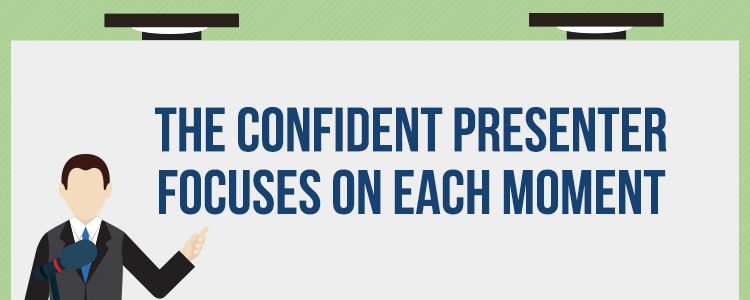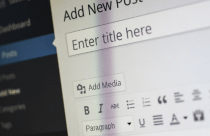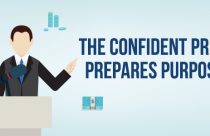The Final Step for the Confident Presenter

Once you have gained control of your materials and practiced in steps 1 and 2, you can focus your full awareness on each moment of your presentation to truly give your audience the best possible experience. Live by the principle, “Be here now,” and your audience will be there with you.
Step 3: Use This Time-honored Approach to Make Your Presentation Meaningful to Your Audience:
- Introduce yourself and your topic – build rapport with your audience and establish your credibility. Use a story or anecdote; a tasteful and relevant joke; or one attention-getting word, fact, or statistic.
- State your message – identify your specific goal. “At the end of our session, I hope that you will … [know] [understand] [do, take action].” Tell your audience, “We’ll be together for [## minutes], and we’ll use [##] of those minutes for [questions and answers, or discussion, or an activity in which you participate], so let’s get started.”
- Briefly tell the story of your involvement with the topic – why you care, how you became involved, what important results are for the research and applied communities. Reiterate your specific goal for what they take away from your presentation.
- Hit the highlights – introduce the main points you’re going to elaborate on.
- Elaborate on those points – use stories, examples, demonstrations. Remember, your allotted time may permit you to discuss only the major details, but you can hand out a more lengthy paper at the end.
- Lead up to the conclusion – help your audience think their way to the specific goal or impact you identified in step 2.
- Clinch your goal – state the conclusion you want the audience to reach or the action you want them to take.
- Engage them in a dialog or activity related to your research. At least, initiate a question and answer period. If time allows, have them take a sample of a survey used in your research or encourage them to discuss a point for further research in small groups and then have a member of each group tell the entire audience what they thought. Practice with colleagues how long this may take and leave time for it.
- Wrap it up with thanks – make your closing statement, usually a reiteration of your specific goal, and thank the audience for their participation with your wishes for their own successful research projects. Offer your contact information if you want to invite further questions or collaboration opportunities.
- Get written feedback – during your conclusion, distribute a one-page evaluation form with statements of the key elements of your presentation, each with check-boxes on the effective-to-ineffective or “loved it” to “hated it” or “totally agree” to “totally disagree” spectrum. Tell the audience you care about their response to your topic and ask them to complete the evaluation. Allow audience members the choice of handing you the form or placing it on a table anonymously on their way out.








